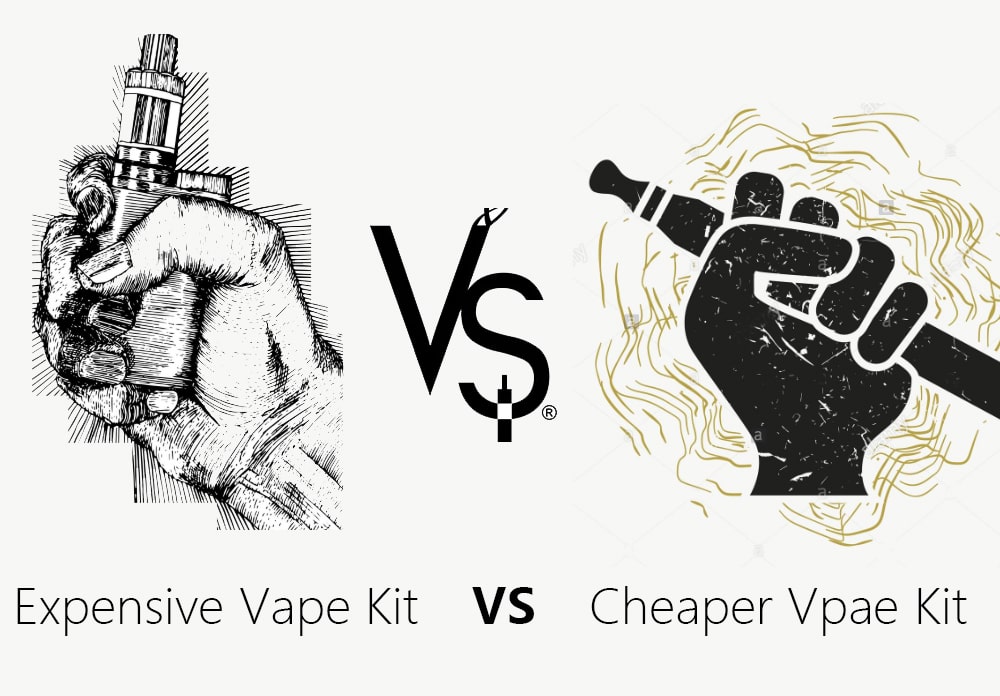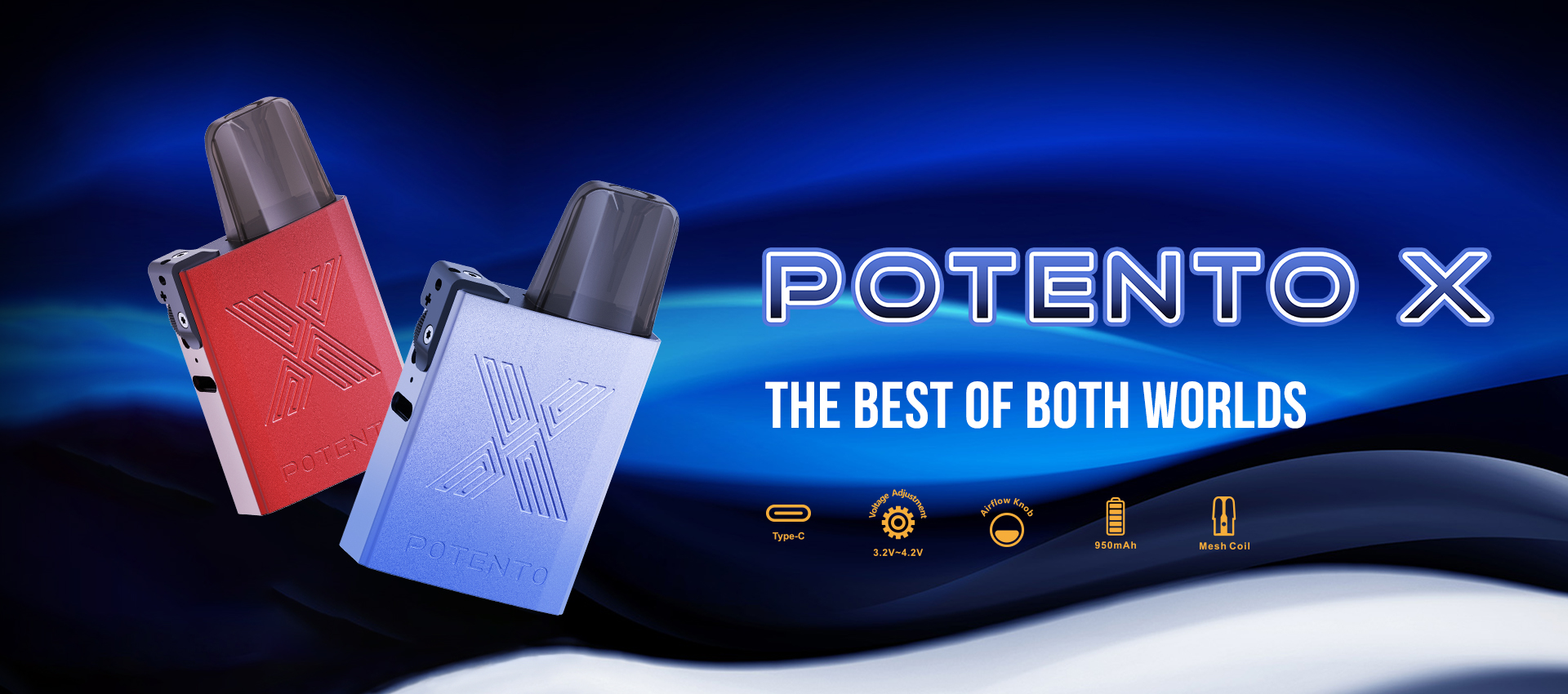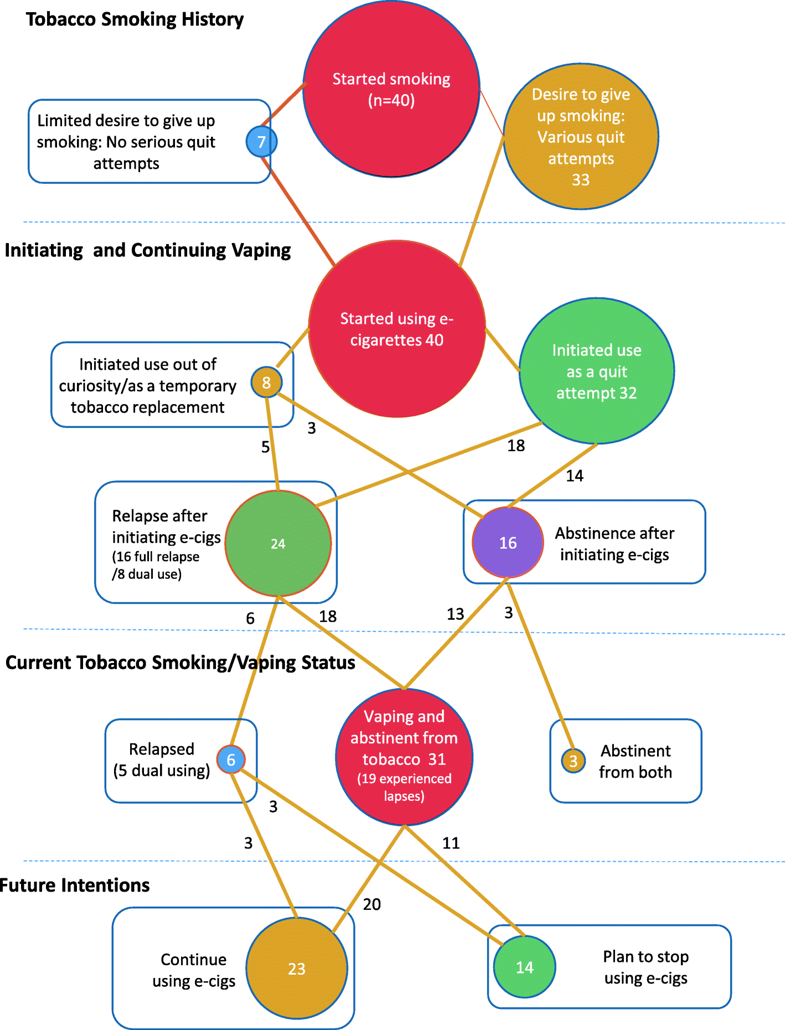The evolution of nicotine cigarettes–one-third of tobacco world
One :Traditional tobacco era

In the earliest days, the Indians did not have any uniform rules for the use of tobacco, and the tobacco world staggered out of chaos.
When the Indians inadvertently discovered the human body’s unique response to tobacco, the habit of smoking began to spread across the American continent. Some people use pipes to smoke, some use sugarcane leaves to smoke, and some people directly roll up tobacco leaves to light. Not only that, the shapes, materials, and sizes of pipes are also diverse, and the use of tobacco is even more diverse. You can see tobacco from sacrifices, meetings, and other ceremonies.
Two :Four revolution of Tobacco
But afterwards, after the baptism of the first tobacco revolution and the second tobacco revolution, driven by the agriculturalization and commercialization of tobacco: On the one hand, tobacco planting methods and planting varieties are gradually fixed. The use of different varieties of tobacco crops has begun to form a more consistent and mature view; On the other hand, the types of tobacco products have gradually solidified into a few, such as cigarettes, cigars, upland tobacco, water pipes and snuff. The scattered world of tobacco has begun to take shape, and various factors have gathered together, and the tobacco industry has begun to take shape.
However, in contrast, tobacco processing is still very scattered, with large and small hand-made cigarette factories scattered all over the world. At the same time, cigarettes have not become the most mainstream product. Various types of dry tobacco, cigars and snuff are also the first choices of a large number of smokers. In the final analysis, the low productivity hinders the tobacco industry from further “dividing” to “combining.”
Then, the third tobacco revolution appeared. The emergence of cigarette making machines promoted the process of tobacco industrialization, and the tobacco handicraft industry was quickly abandoned. The advantages of mechanized cigarettes, such as stable quality, uniform specifications, low prices, and ease of use, became prominent, and were accepted by most smokers. Gradually, cigarettes drove dry tobacco, cigars and snuff from the hands of countless tobacco consumers with the momentum of sweeping the army, and steadily occupied the majority of the tobacco consumer market. So far, cigarettes can be said to unify the tobacco world for the first time on the product side.
The matter has developed to this point, and it is not over. Although the tobaccoindustry has completed the world’s unification on the production side, there are still countless different types of cigarette factories, large and small, and the tobacco industry still needs to be further unified.
Under such circumstances, the fourth tobacco revolution came into being, which opened the prelude to the process of tobacco harm reduction. The investment threshold of the tobacco industry has risen sharply, and the pressure of competition has suddenly increased. A large number of small and medium-sized cigarette factories have begun to be eliminated due to lack of funds, technology, and market influence. In the ruins of these eliminated ones, the four major international tobacco companies represented by Philip Morris, British American Tobacco, Imperial Tobacco, and Japan Tobacco have established a huge tobacco empire. The tobacco industry has completed the unification on the production side, and the competitive landscape of the traditional tobacco era has completed the final freeze.
Looking at the historical process from the first tobacco revolution to the fourth tobacco revolution, we can draw the conclusion that these four tobacco revolutions in history have been pushing the traditional tobacco industry forward in a “combined” direction.
Three :General tobacco age-Fifth revolution of Tobacco
It can be combined for a long time, and it is bound to be called back in the direction of points. Thus, as abiding by this development law, the fifth tobacco revolution, the new tobacco revolution, has arrived.
The New Tobacco Revolution opened the boundaries of traditional tobacco. It not only created something out of nothing at the product level, but expanded the almost single traditional tobacco with cigarettes as the absolute main body to include tobacco products, heated tobacco and electronic cigarettes. With one wave, the dominance of the tobacco industry is divided into the tobacco industry, the heating tobacco industry and the electronic cigarette industry. In the era of general tobacco, the three-part structure of the tobacco industry, heating tobacco industry and e-cigarette industry is now beginning to emerge.
Promoting the new tobacco revolution to redefine the world of traditional tobacco, the key element that has caused the triad of power is nicotine. More precisely, it is the differences in the ways in which the traditional tobacco industry, the heating tobacco industry and the atomized electronic cigarette industry use nicotine and use nicotine that have created the distinction between each other, forming different industrial patterns and development features.
Specifically, the tobacco industry directly uses solid tobacco raw materials as a carrier of nicotine, and generates nicotine-containing aerosols through combustion; the heating tobacco industry first makes tobacco raw materials into flakes, and then uses solid flakes as a carrier of nicotine, and generates nicotine-containing aerosols through heating. Aerosols; e-cigarettes use liquid solutions as nicotine carriers to generate nicotine-containing aerosols through atomization.
- Deformalization of Nicotine
The fifth tobacco revolution, the new tobacco revolution, has two essential characteristics, one is the de-formalization of nicotine, and the other is the electronicization of products. Among these two features, the de-formalization of nicotine is the first feature, and its impact appears to be particularly far-reaching.
- Nicotine molecular formula/molecular structure
First, the de-formalization of nicotine means that the existence of nicotine in generalized tobacco products will no longer be completely dependent on the natural form of tobacco. Solid tobacco is no longer the only medium or carrier of nicotine in generalized tobacco products. The possible medium and carrier forms of nicotine in the future will not be limited to the ones that have appeared now, but will change and develop new tricks like the Monkey King who has learned the 72 changes.

Second, the de-formalization of nicotine means that the use of tobacco raw materials will also become more diverse. It can be used to produce cigarettes or cigars after threshing, redrying, aging, and silk making. It can also be made into flakes through papermaking, thick pulping, and rolling. It can also be used as a raw material to directly extract nicotine .
Third, the de-formalization of nicotine means that nicotine production methods will become more diverse. In addition to being burned or heated directly from tobacco raw materials to consumers, nicotine can also be obtained by first extracting and processing from tobacco, or by chemical synthesis. In particular, nicotine can be further processed into various nicotine derivatives, such as nicotine salts, as appropriate.

Fourth, the de-formalization of nicotine also means that the demand for smoking will also become diverse. People will not only be satisfied with the nicotine obtained through smoking, but various factors such as the temperature of the smoke, the amount of smoke, the taste, the number of puffs, the heating curve, the personal preference, the adaptation to different scenarios, etc. will gradually be included in the needs of smokers. .
The de-formalization of nicotine will accelerate the iterative evolution of new tobacco. The tripartite competition in the era of general tobacco will become more complicated and diversified, which will trigger dynamic changes among the various forces and forces, and further lead the current three-part world to the unknown.
Four :Battleground of cigarettes.
The nicotine manufacturing industry refers to the industry that manufactures pure nicotine and nicotine derivatives through methods such as tobacco purification and chemical synthesis. Nicotine derivatives include but are not limited to nicotine salts. The uses of pure nicotine and nicotine derivatives include but are not limited to the production of e-cigarette liquid and the production of non-smoke heating tobacco cartridges.
The nicotine manufacturing industry will be a battleground in the era of general tobacco.
First, with the continuous advancement of the new tobacco revolution and the continuous development of de-formalization of nicotine, the market demand for nicotine and nicotine derivatives will continue to grow. The nicotine manufacturing industry will be the core resource that the lords of the general tobacco era must contend for.
Second, the nicotine manufacturing industry is the lifeblood of the development of the e-cigarette industry, which has a significant impact on the development of the e-cigarette industry, and can indirectly affect the development of the heating tobacco industry. The nicotine manufacturing industry will be the throat of the lords in the general tobacco era.
Third, the nicotine manufacturing industry can also serve as a new outlet for tobacco agriculture, serving the digestion and utilization of tobacco raw materials, and can also provide products and services across markets and across the world. The nicotine manufacturing industry will be the strategic weapon that the lords of the generalized tobacco era must fight for.
Five :Future vision
The tobacco industry and heating tobacco industry will take the lead in mastering the nicotine manufacturing industry with tobacco purification as the main production process, and the electronic cigarette industry will take the lead in the nicotine manufacturing industry with chemical synthesis as the main production process, and then the two different nicotine manufacturing industries Start the competition and compete for the holy grail of industrial development.
In the era of general tobacco, the final result of the trilateral industry duel will to some extent depend on the duel between two different nicotine manufacturing industries, and the duel between these two industries depends on their respective technological advancement and economy. And the potential for sustainable development, all of which are currently unknown.












